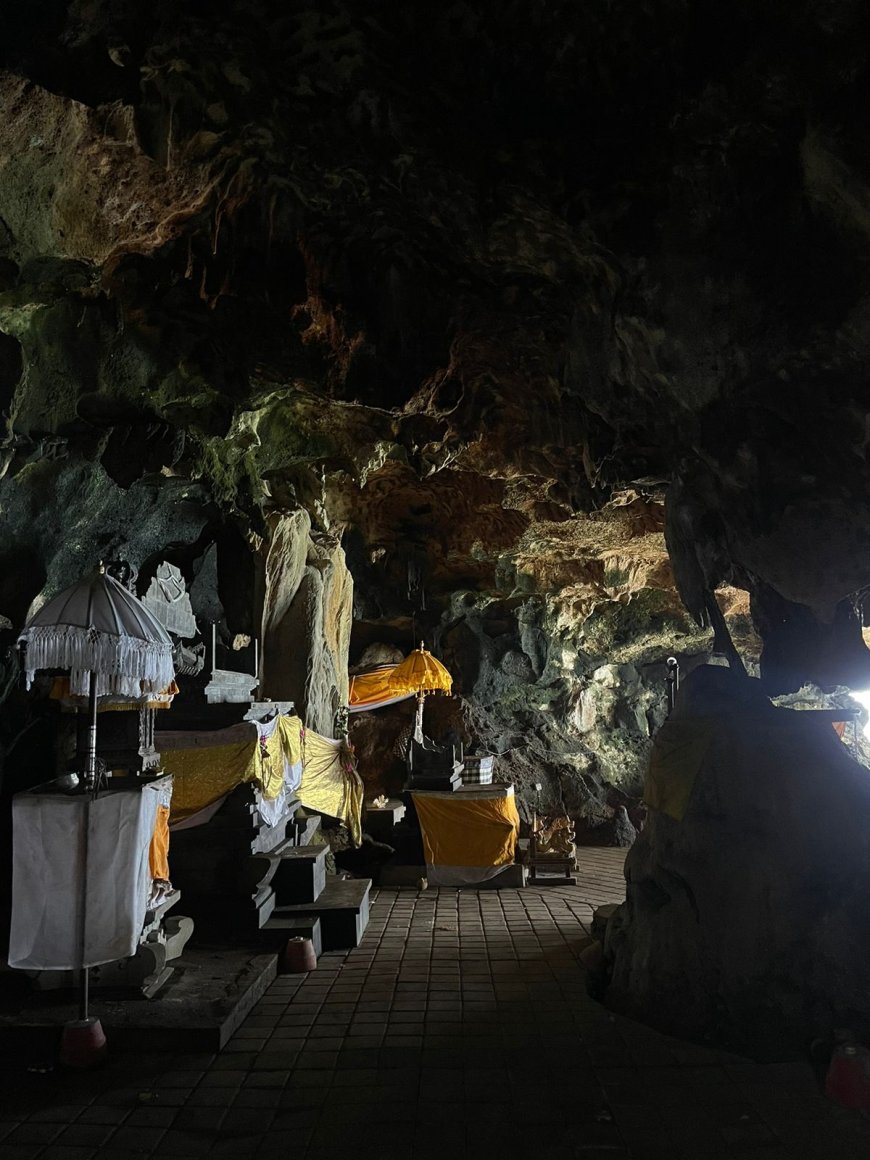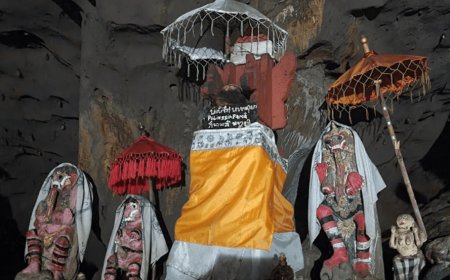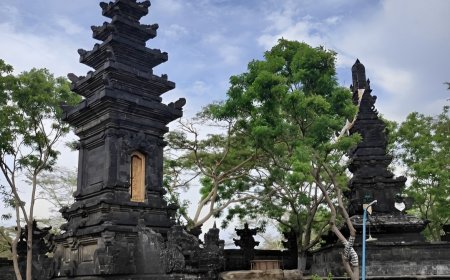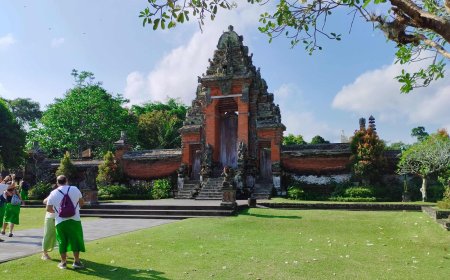Dalem Guha Watu Pageh Temple: Unveiling the Secrets of History and Hidden Spiritual Wealth
Dalem Guha Watu Pageh Temple is not merely a spiritual destination but a living testament that records a profound and historical journey, filled with spiritual wisdom. With the imprints of time etched into every stone and its beautiful architecture, this temple offers a deep experience in understanding how cultural and spiritual heritage has evolved. Let us delve into the hidden history, exploring the richness that adorns Dalem Guha Watu Pageh Temple, a place that not only guides worship but also holds universal messages that can inspire every visitor.

According to the Purana book, the existence of Dalem Guha Watu Pageh Temple in Bali is inseparable from the arrival of six figures from outside Bali. Similarly, the history of the establishment of Dalem Watu Pageh Temple cannot be separated from the arrival of a religious figure in Bali, namely Dang Hyang Nirartha (Dang Hyang Dwijendra). Danghyang Dwijendra continued his journey towards the southeast, then towards the southwest. There was a protruding cliff towards the sea, in Bukit Badung. He proceeded to that place, following the coastline, and soon arrived. There, he observed the surroundings - to the north, west, south, and east. He performed yoga and established a sacred area. Shortly after its completion and consecration, this sacred area was named Uluwatu. Not far from there, he founded a hermitage known as Goa Gong Temple.

Prayer Photo at Dalem Guha Watu Temple Pageh (Photo Source: Private Collection)
Let me retell the story. The presence of Guha Watu Pageh Temple, situated at the southern tip of the island of Bali, is abundant with rangdu/kapuk trees, resembling the flowing hair of a person. Its beauty is unparalleled. Therefore, many people come to seek spiritual purification. Dungusing kidul, where dungus means nose, peak or Ungasan, kidul means south. Guha Watu Pageh ri dungusing kidul Pulau Bali means Guha Watu Pageh located in the region of Ungasan. There is another story from the time of the reign of Cokorda Pamecutan, in the year Saka Netra Asti Rasa Bhumi (Saka year 1682) he, at that time, went to the southernmost part of the Bandhana state or the Badung region, as that area was under his rule. In the midst of the forest there, enveloped by the beauty of kapok trees, during the Kapat sasih season, Which brought enchanting beauty, in that place, he meditated, practiced yoga, focused his mind, and received blessings from Hyang Widhi. He was the reigning king of Pamecutan and and succeeded in yoga at Guha Watu Pageh. Then, he bestowed blessings upon the local leaders in the Ungasan region, overseeing, managing, and nurturing Guha Watu Pageh Temple. It was established as a hereditary priesthood position, lasting through the ages, along with the provision of offerings (Catu/laba), to fund ceremonies and rituals dedicated to Danghyang and the Gods ruling the natural world. This is the sacred Dharmayatra of Danghyang Dwijendra, the holy journey of Danghyang Dwijendra, and the existence of Dang Kahyangan on the island of Bali. This inscription has been consecrated, preserved, and used as a charter, reminding the descendants of the priests of Watu Pageh Temple. This is the sacred journey of Danghyang Dwijendra, a precious heritage that is continuously preserved and passed down through the generations by the custodians of Watu Pageh Temple. The inscription, enacted through rituals and commemorated in certificates, serves as a reminder of this rich and invaluable spiritual legacy. This lengthy history immortalizes the presence of Dang Kahyangan and the magnificence of the island of Bali in the spiritual journey.






























































